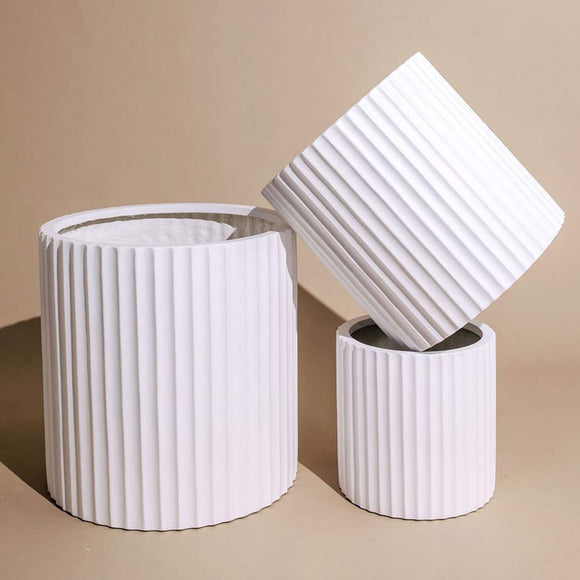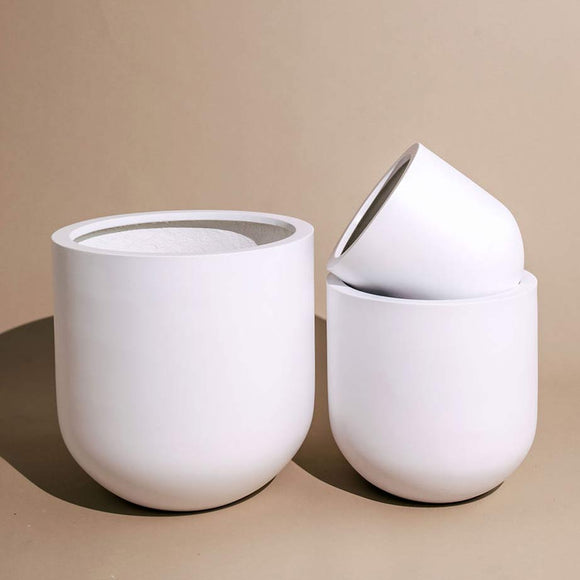A Comprehensive Guide to Tillandsia, the Air Plant
Few plants captivate enthusiasts quite like Tillandsia, commonly known as the Air Plant. This unique genus of epiphytes belongs to the Bromeliaceae family, and its scientific name, Tillandsia, pays homage to the Swedish botanist Elias Tillands. These enchanting plants have gained popularity for their ethereal appearance and minimalistic care requirements, making them a favourite among both novice and seasoned plant enthusiasts.

General Care
Light:
Tillandsias, being native to diverse environments ranging from forests to deserts, exhibit remarkable adaptability. When it comes to light, they thrive in bright, indirect light. A spot with filtered sunlight or artificial light with medium intensity is ideal. However, direct sunlight should be avoided to prevent scorched leaves.
Water:
One of the most intriguing aspects of Tillandsias is their ability to absorb water and nutrients through specialized trichomes on their leaves, eliminating the need for soil. These plants revel in a weekly misting or a thorough soak in room temperature water. It's crucial to allow them to dry completely after each watering to prevent waterlogged roots, which can lead to rot.
Humidity:
While Tillandsias are resilient and adaptable, they do appreciate a humid environment. In drier climates, regular misting or placing them in a bathroom with higher humidity levels can mimic their native habitats.
Soil:
Unlike traditional plants, Tillandsias do not require soil. Instead, they anchor themselves to surfaces like trees, rocks, or even decorative items. For indoor displays, a creative arrangement using wire, glue, or other secure methods allows for an artistic and functional presentation.

Common Problems and Prevention:
Tillandsia Rot:
Overwatering is the primary cause of Tillandsia rot. To prevent this, ensure the plant dries thoroughly between waterings. Additionally, it's crucial to shake off excess water from the base of the leaves to prevent water from pooling.
Fungal Issues:
In high humidity, Tillandsias may be prone to fungal growth. Adequate air circulation is vital to prevent stagnant conditions. If fungal issues arise, reduce watering frequency and increase air circulation to promote a healthier environment.
Improper Light Exposure:
Too much direct sunlight can lead to leaf burn, while insufficient light can stunt growth. Finding the right balance is key. Adjust the plant's placement or provide shade to prevent sun damage.
Three Fun Facts about Tillandsias:
- Survival Artists: Tillandsias have mastered the art of survival by developing trichomes that not only absorb water but also serve as nutrient absorbers, allowing them to flourish in challenging environments.
- Floral Fireworks: When Tillandsias bloom, they produce vibrant, often fragrant flowers. The blooms, resembling fireworks, add an extra layer of charm to these already captivating plants.
- Air Purifiers: Beyond their aesthetic appeal, Tillandsias actively contribute to indoor air quality by absorbing pollutants such as benzene and formaldehyde, making them natural air purifiers.
Interested in unique plants? Check out our blog on he exquisite Oxalis Triangularis.
















